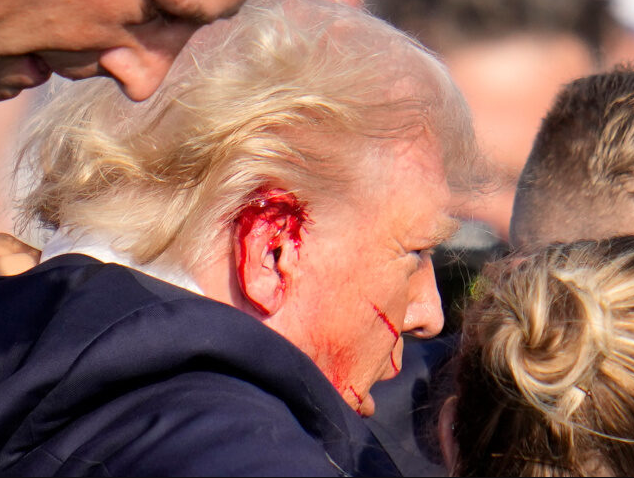A congressional task force has released a scathing report detailing significant failures within the U.S. Secret Service in protecting President-elect Donald Trump during two high-profile assassination attempts earlier this year. The bipartisan investigation highlights lapses in planning, execution, and leadership that left Trump vulnerable to attack, sparking calls for urgent reform within the agency.
First Attempt: A Preventable Tragedy
On July 13, 2024, during a rally in Butler, Pennsylvania, an armed assailant fired eight shots at Trump, grazing his ear. The task force determined that the attack was “preventable,” citing a lack of thorough advance planning and security measures. According to the report, critical areas near the venue were inadequately secured, allowing the gunman to approach undetected. The incident resulted in the death of one attendee and injuries to several others before the assailant was neutralized.
Second Attempt: Missed Opportunities
A second attempt occurred on September 15 at Trump’s golf club in West Palm Beach, Florida. A sniper was apprehended near a known security vulnerability, raising further questions about the Secret Service’s operational readiness. Investigators noted that the last-minute nature of Trump’s golf outing contributed to the agency’s inability to deploy its full suite of protective measures.
Task Force Findings
The task force’s report underscores systemic issues within the Secret Service, including strained resources, overextended responsibilities, and insufficient coordination. Key findings include:
- Insufficient Advance Planning: In both incidents, security vulnerabilities were not addressed effectively during the planning phase.
- Resource Allocation Issues: The Secret Service’s dual role of protecting U.S. officials and foreign dignitaries stretched its resources thin, especially during election season.
- Leadership and Communication Failures: A lack of clear directives and coordination among leadership teams contributed to lapses in execution.
Recommendations for Reform
The task force made several recommendations to address these vulnerabilities and enhance the agency’s effectiveness:
- Limit Foreign Dignitary Protection: Restrict Secret Service involvement in protecting foreign leaders during high-risk periods, such as election seasons.
- Restructure the Agency: Consider moving the Secret Service out of the Department of Homeland Security to allow greater focus on its protective mission.
- Enhanced Training and Technology: Invest in cutting-edge surveillance tools and provide specialized training for agents assigned to high-profile individuals.
Secret Service Response and Public Reaction
The Secret Service has acknowledged the findings and pledged to implement reforms aimed at strengthening operational protocols. “We take these recommendations seriously and are committed to ensuring the safety of all individuals under our protection,” the agency stated.
Political and security experts have expressed alarm over the report, emphasizing the need for immediate action to prevent similar incidents in the future. “This is not just a failure of execution; it’s a wake-up call for systemic change,” said one senior security analyst.
A Call for Accountability
As the Trump administration prepares to take office, these revelations place renewed focus on the critical role of the Secret Service in safeguarding national leaders. The task force’s findings serve as a stark reminder of the agency’s vulnerabilities and the urgent need for comprehensive reform to ensure the safety and security of the nation’s highest office.


